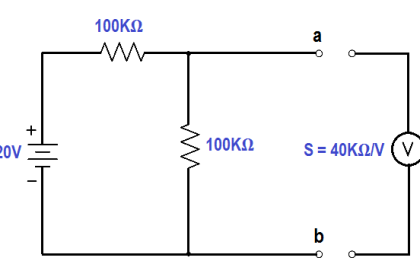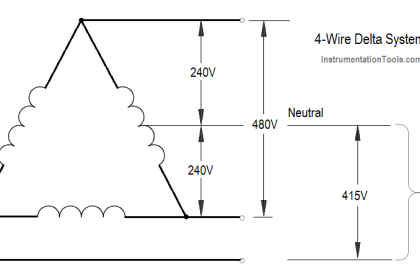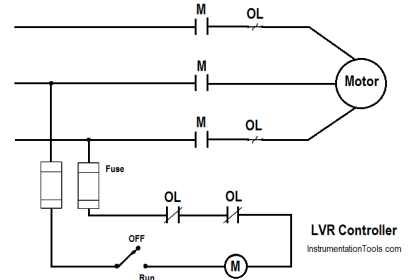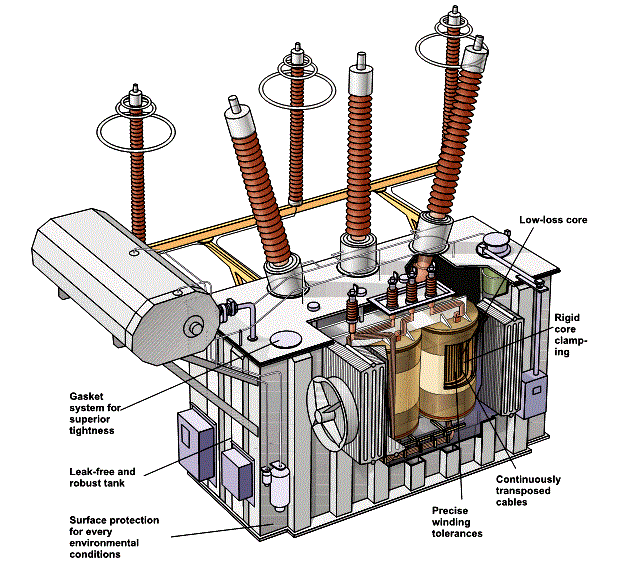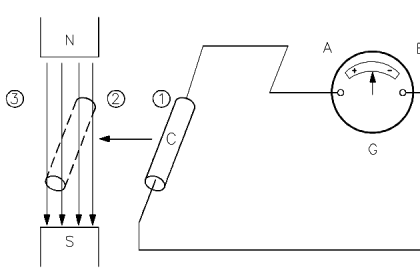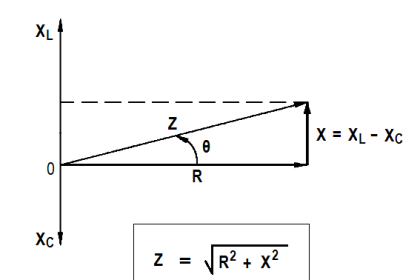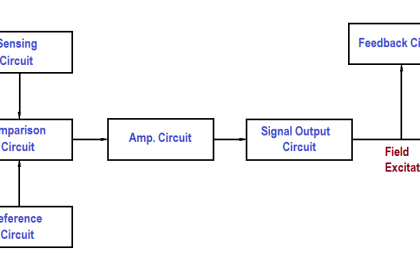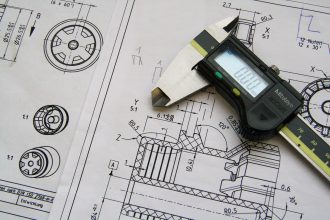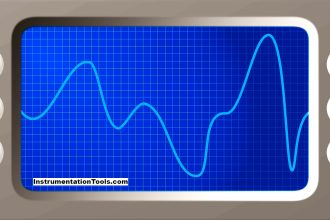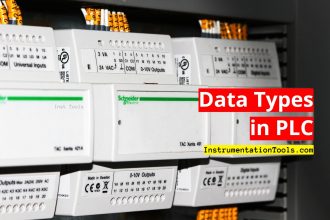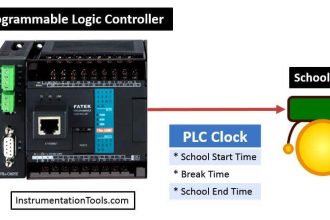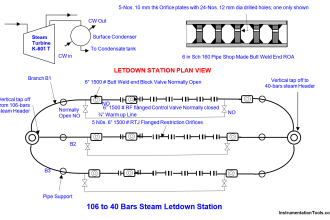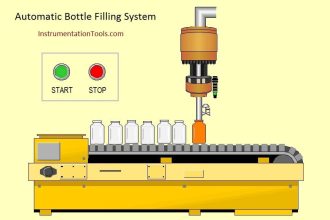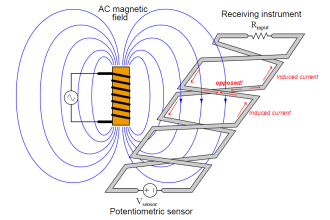Each electrical circuit has at least four basic parts:
- a source of electromotive force,
- conductors,
- load or loads, and
- some means of control.
In Figure 13, the source of EMF is the battery; the conductors are wires which connect the various component parts; the resistor is the load; and a switch is used as the circuit control device.
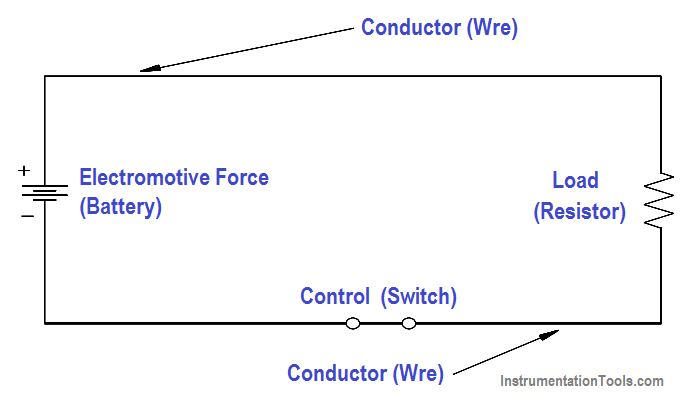
Figure 13 Closed Circuit
A closed circuit (Figure 13) is an uninterrupted, or unbroken, path for current from the source (EMF), through the load, and back to the source.
An open circuit, or incomplete circuit, (Figure 14) exists if a break in the circuit occurs; this prevents a complete path for current flow.
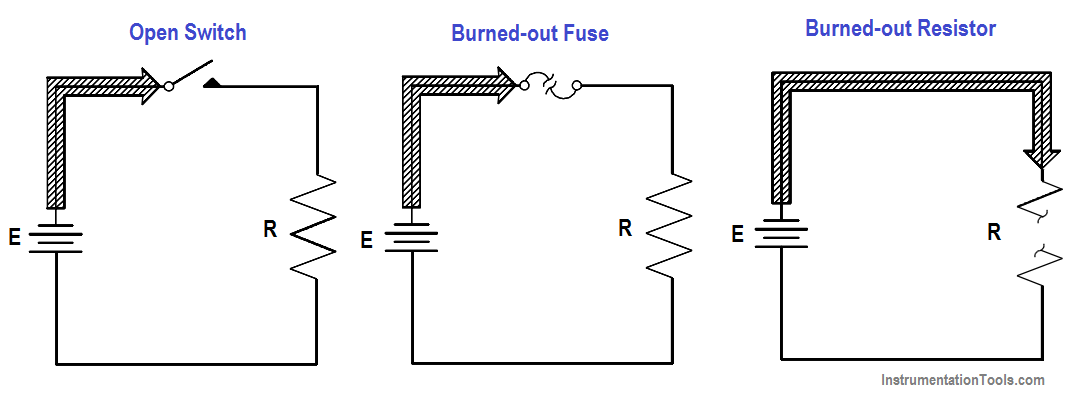
Figure 14 Open Circuit
A short circuit is a circuit which offers very little resistance to current flow and can cause dangerously high current flow through a circuit (Figure 15).
Short circuits are usually caused by an inadvertent connection between two points in a circuit which offers little or no resistance to current flow.
Shorting resistor R in Figure 15 will probably cause the fuse to blow.
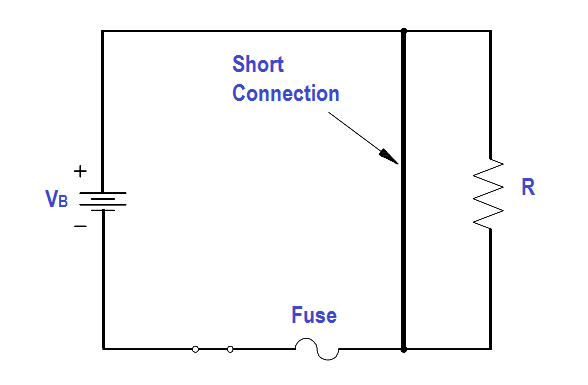
Figure 15 Short Circuit

